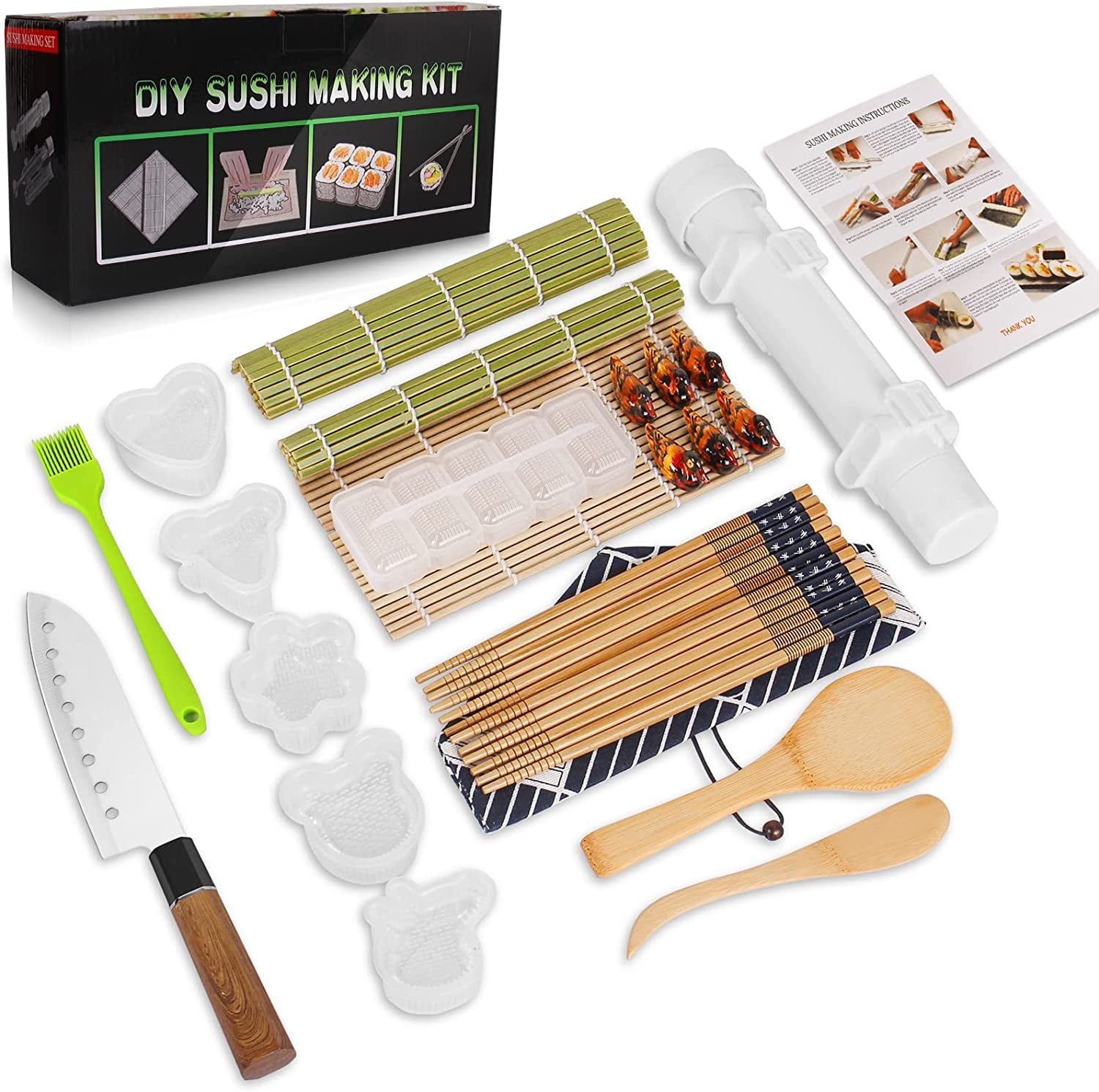Mastering the Art of Sushi
As a sushi enthusiast, one of the most frustrating moments in the kitchen is when a portion of sushi rice goes completely wrong. Whether it’s too sticky, or falls apart at the mere thought of being handled, managing rice in sushi-making can be a formidable task even for the most skilled chefs. However, with a bit of practice, you’ll be able to master the art of handling sushi rice in no time.
First and foremost, it’s crucial to understand that sushi rice needs to be handled gently with care to avoid breaking down its starches and causing it to become excessively sticky. When you first start working with sushi rice, it’s crucial to take a few extra moments to thoroughly rinse the rice in ice-cold water before cooking it. This helps to remove any excess starch and impurities that can affect the texture of the final product.
When handling cooked sushi rice, it’s best to use a gentle folding motion rather than pressing down on the rice or trying to mix it vigorously and aggressively. This helps to separate the grains without breaking them down, which keeps the rice from becoming excessively sticky. It’s also a good idea to use a large, wide container or container when cooking and handling sushi rice, as this enables easy stirring the rice without compacting it.
Another critical factor in handling sushi rice is the use of Japanese flavor enhancers. Sushi rice is typically seasoned with rice vinegar and sugar to give it a unique flavor and texture. However, if you’re not careful, these seasonings can cause the rice to become sticky or clumpy. To avoid this, it’s best to use a gentle touch when applying seasonings and to mix them in gently rather than stirring.
Finally, it’s worth noting that your environment can also play a significant role in handling sushi rice. If your kitchen is heavily humid, the rice can become sticky or clumpy, making it difficult to handle. On the other hand, if it’s too cold, the rice may become stiff and uncooperative. Therefore, it’s essential to maintain a consistent temperature and to take extra steps to prevent moisture from affecting your sushi.
In the final analysis, handling sushi rice requires a combination of careful technique. By following these simple tips and tricks, you’ll be well on your way to mastering the art of handling sushi rice and creating beautiful sushi making Tokyo that will impress even the most discerning palates.
When cooking sushi rice, it is also worth taking the time to learn about different types of rice that are best suited sushi making. Using the right type of rice, such as California rice, will help to produce the desired texture and consistency in the final product. Another key tip or piece of advice when making sushi is keeping your hands and equipment clean and sanitized at all times to prevent cross contamination.
In addition to mastering the handling of it, mastering the sushi-making technique as a whole may also involve practice and patience. It’s not uncommon for even seasoned professionals to encounter challenges in the kitchen. Making good sushi takes time and experience.

